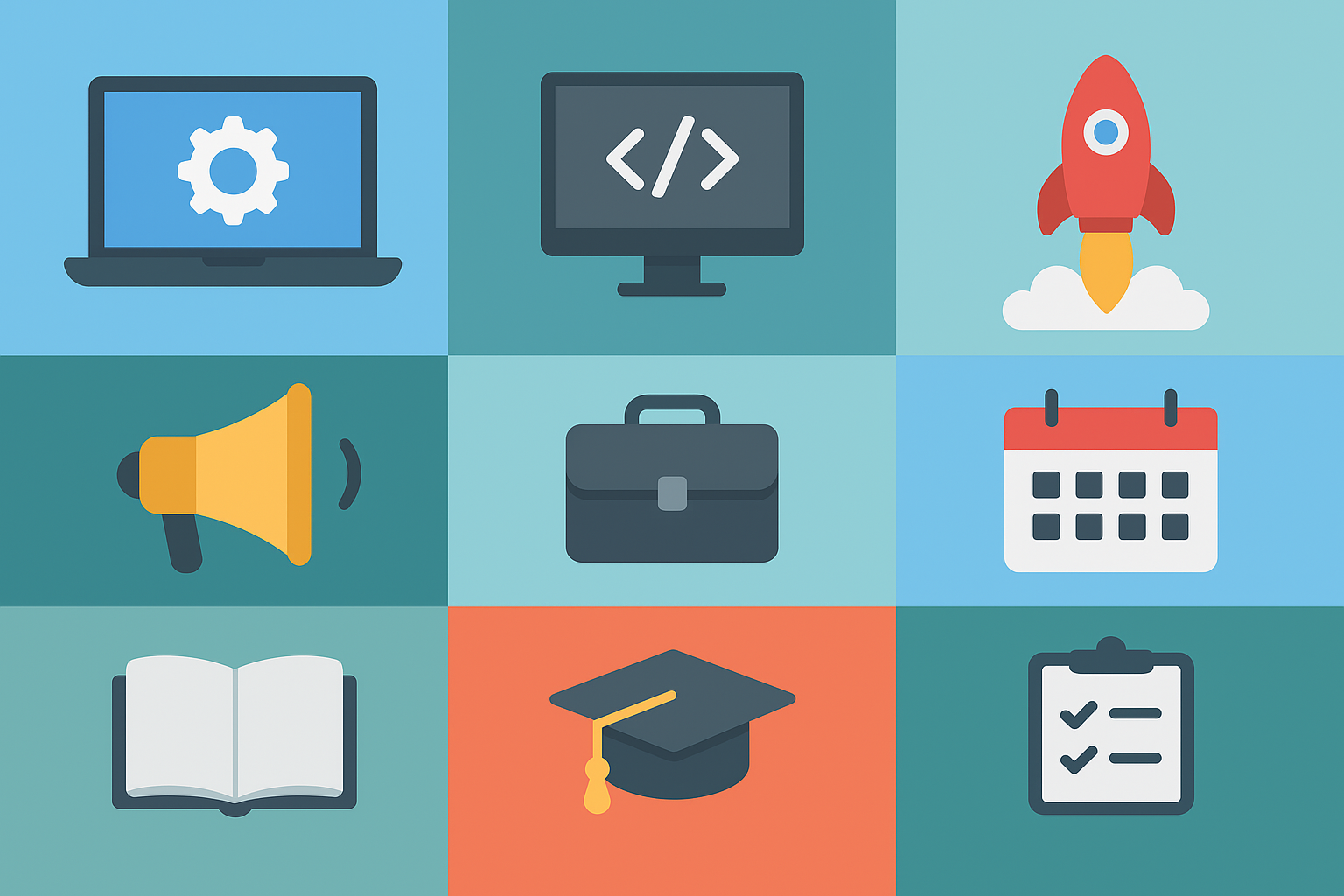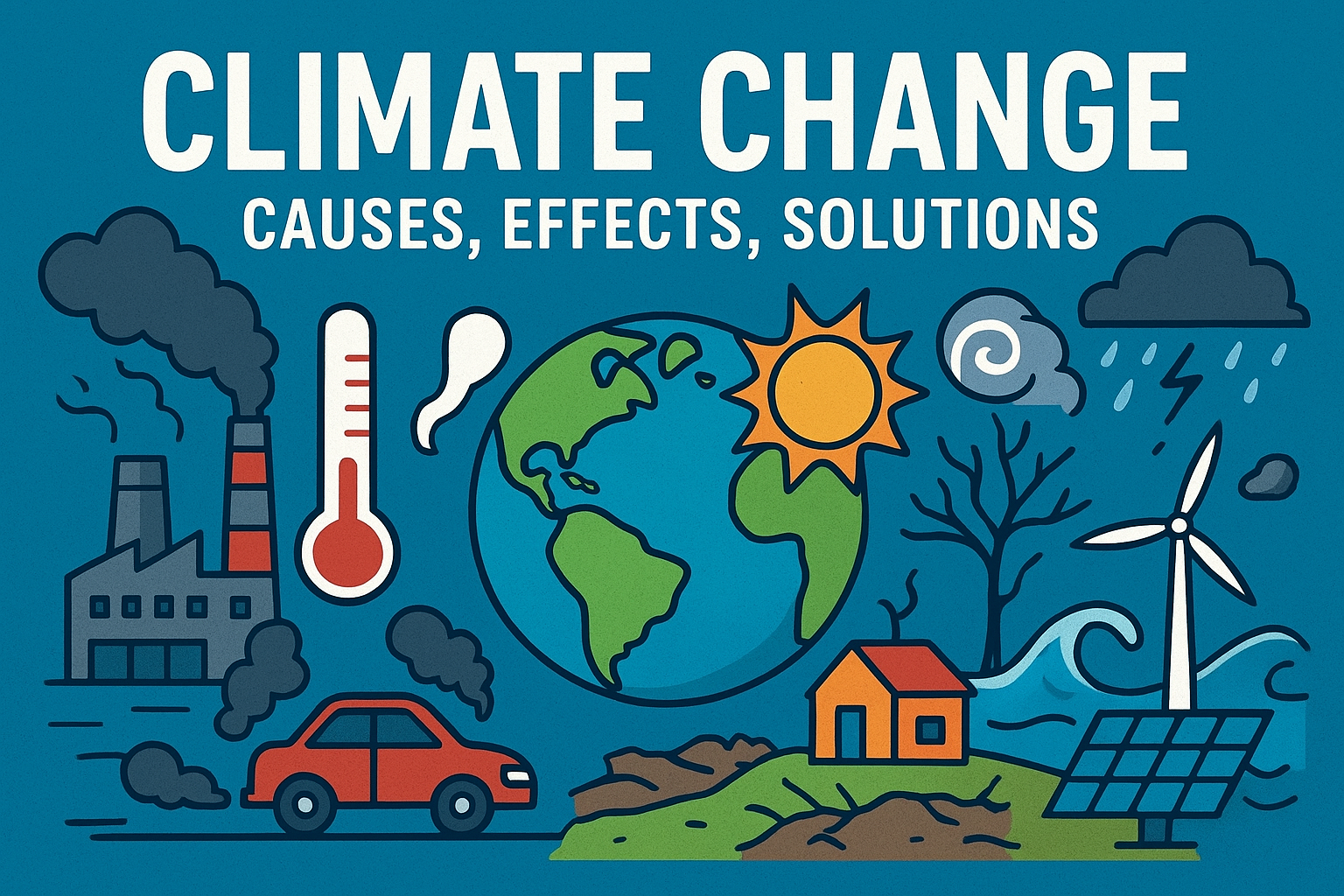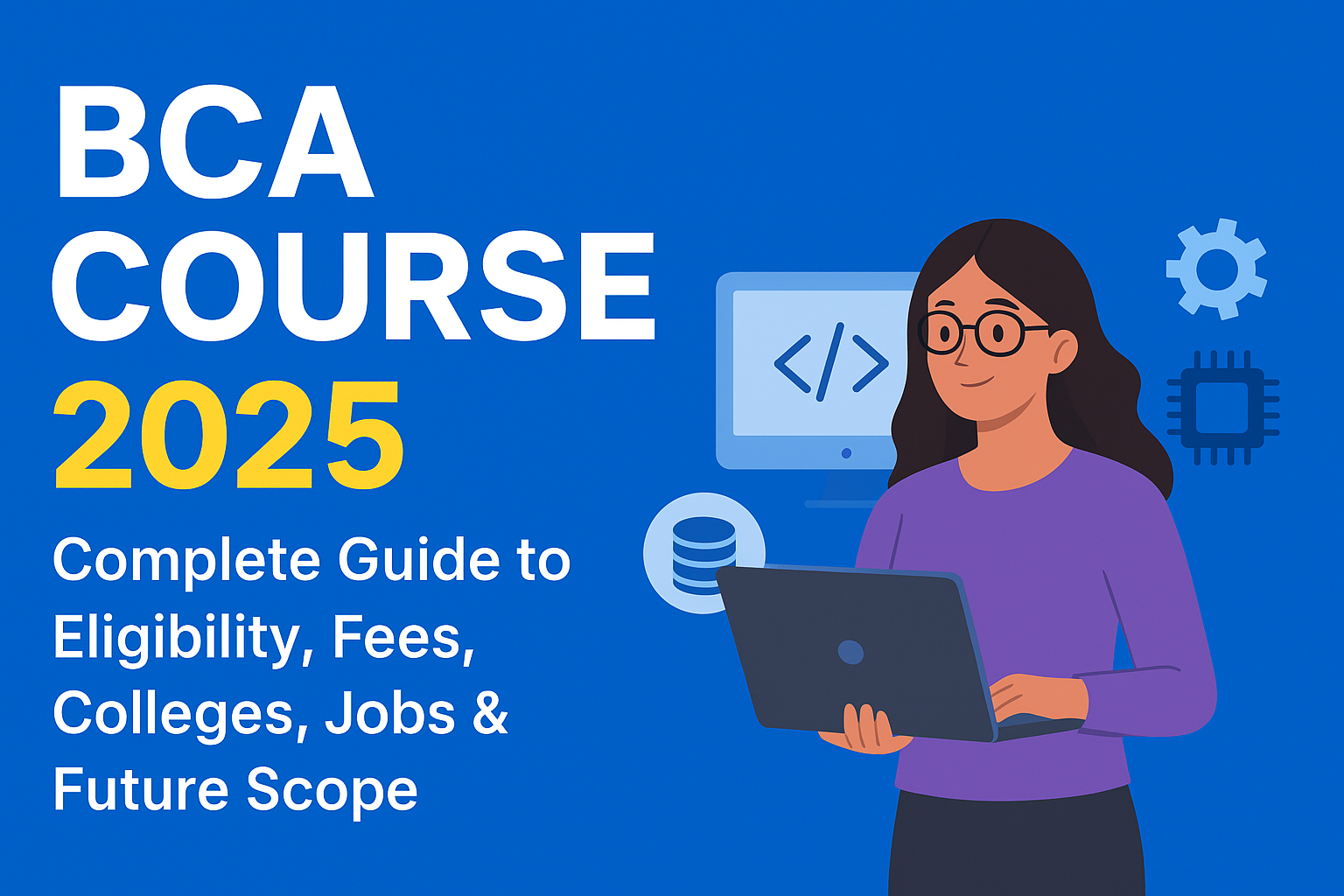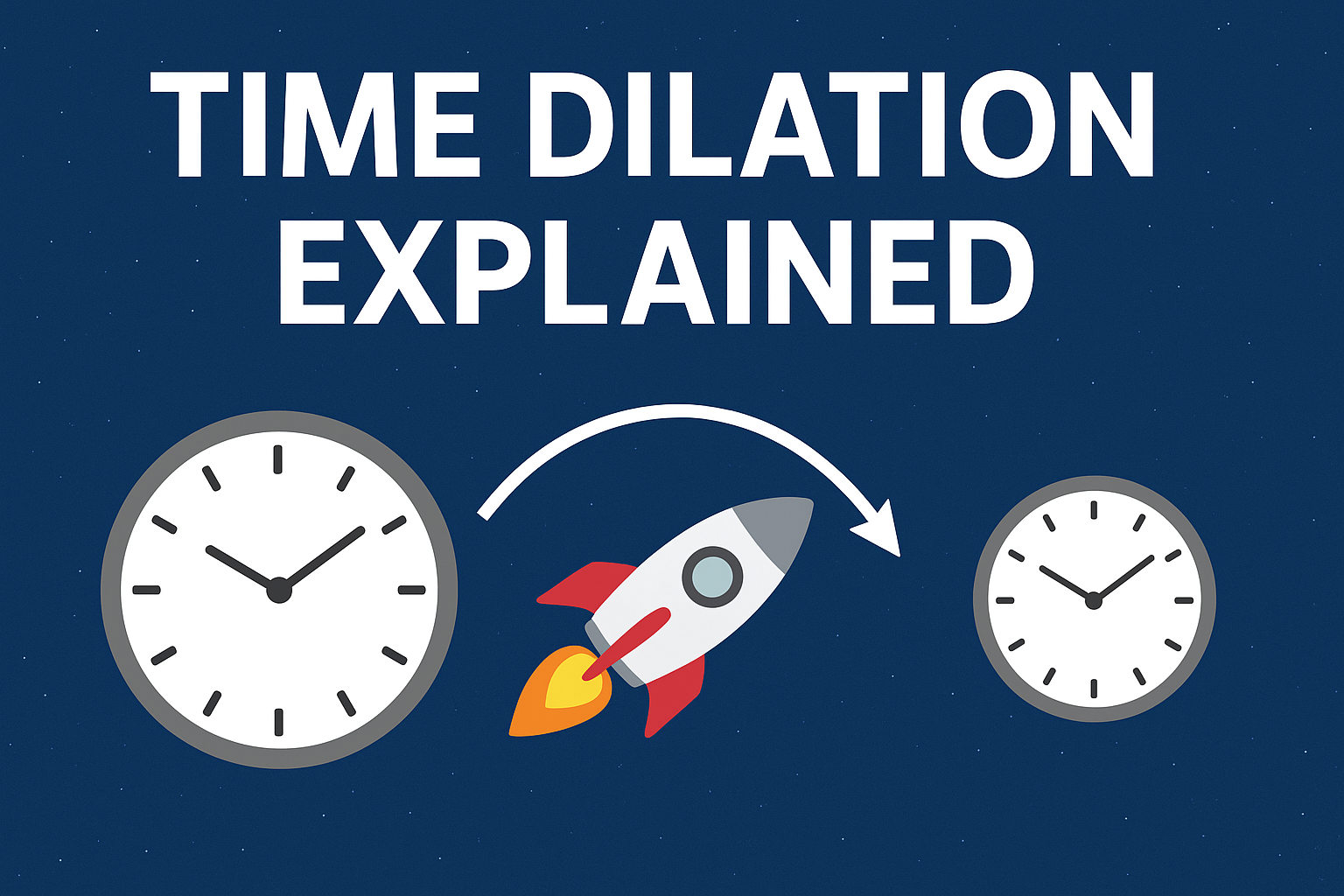Mobile technology and internet access have significantly transformed the Indian education system. From school students in remote villages to university learners in cities, online education has created new opportunities for personalized, accessible, and affordable learning.

The Rise of Mobile Learning
In recent years, mobile phones have become more than just communication tools — they are now powerful learning devices. With affordable smartphones and cheap internet data plans, even students from underprivileged areas can access quality educational resources.
Video lectures, e-books, live doubt-solving sessions, and recorded tutorials are available at a click. Apps like BYJU'S, Unacademy, Vedantu, and YouTube-based channels are helping millions of learners prepare for school exams, competitive tests, and skill development.
- Over 70% of rural students access educational content via mobile devices.
- WhatsApp, Telegram, and YouTube are now common platforms for informal and community-based learning.
- Interactive quizzes and gamified learning apps make mobile learning engaging and effective.
The Role of the Internet in Modern Education
The internet has revolutionized access to information. Where once education was limited by geography or finances, students can now reach top instructors and institutions from any location. It has broken barriers of time and place, enabling remote learning, real-time collaboration, and continuous learning.
- Online platforms offer recorded lectures, doubt-solving forums, coding practice, and discussion boards.
- Students can join MOOCs (Massive Open Online Courses) by global universities for free or low cost.
- Live webinars, virtual labs, and simulations help replicate classroom environments online.
The Indian Online Education Ecosystem
The Indian government has actively promoted digital learning, especially during and after the COVID-19 pandemic. Several national platforms have been created to ensure inclusivity and reach in every part of the country.
- DIKSHA: Offers K–12 content for teachers and students in multiple languages.
- Swayam: Provides free courses by IITs, IGNOU, IIMs, and central universities.
- NPTEL: Technical video courses and certifications by IITs and IISc.
- e-Pathshala: Digital textbooks and resources by NCERT.
- PM eVidya: Integrates all online education initiatives into one platform.
Benefits of Online and Mobile Education
Online education offers unique advantages that traditional classrooms often lack. The flexibility to learn anytime and anywhere, the ability to revise multiple times, and the exposure to a wide variety of content providers make it ideal for today’s learners.
- Students can learn at their own pace and revisit topics anytime.
- Affordability: Most resources are free or cheaper than offline coaching.
- Access to top instructors, industry experts, and global peers.
- Personalized learning paths based on interest and pace.
Challenges of Online Learning
Despite its potential, online education faces several limitations, especially in India where digital inequality still exists.
- Digital Divide: Many students do not own smartphones or reliable internet connections.
- Lack of Interaction: Reduced real-time interaction with teachers and peers can hamper emotional and social learning.
- Health Concerns: Excessive screen time can lead to eye strain, fatigue, and posture-related issues.
- Assessment Issues: Ensuring fairness and transparency in online exams is still a challenge.
Statistical Impact (India)
Data from various government and private studies shows the strong adoption and future growth of online learning.
- India is expected to have over 900 million smartphone users by 2025.
- The online education market is projected to exceed ₹30,000 crore by 2026.
- 45%+ of college students now prefer hybrid or fully online learning options.
Conclusion
Mobile phones and internet access have democratized education. While traditional classroom learning continues to play an important role, online education offers a scalable and inclusive alternative. The future lies in a blended model where students use both digital and physical resources to build knowledge, skills, and critical thinking abilities. Policymakers, educators, and tech companies must continue working together to bridge the digital divide and ensure that education remains a right, not a privilege.




